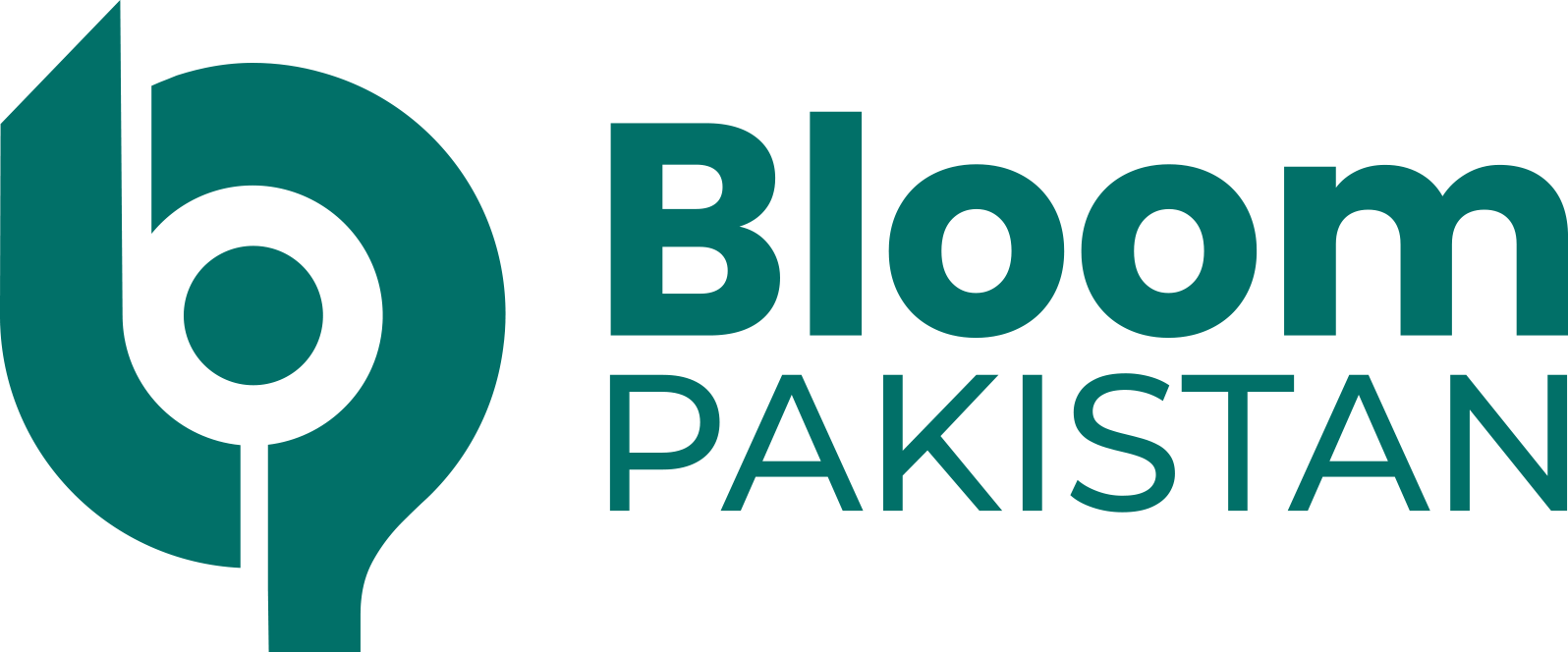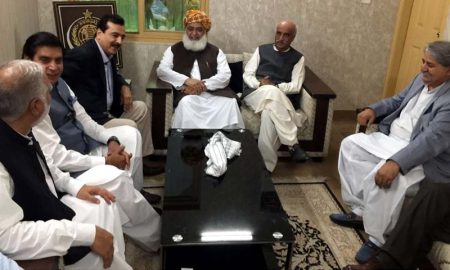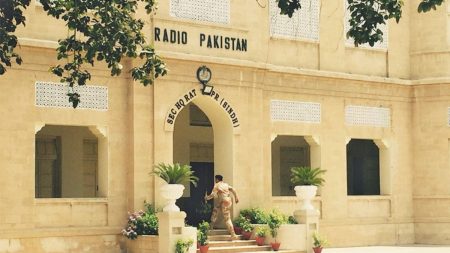Last month, Elon Musk virtually terminated nearly all employees in Tesla’s electric-vehicle charging division. The day before this mass termination, charging chief Rebecca Tinucci met with Musk to discuss the network’s future, according to statements from four former charging.
Two weeks prior to this meeting, Tinucci had already laid off around 15% to 20% of the staff as part of broader layoffs. Despite these reductions, the team anticipated Musk would confirm plans for a significant expansion of the charging network. However, the meeting did not unfold as expected. Musk was reportedly dissatisfied with Tinucci’s presentation and demanded further layoffs. When Tinucci objected, expressing concerns that deeper cuts would undermine the charging-business fundamentals, Musk responded by firing her and her entire 500-member team.
These departures have disrupted a network widely recognized as a hallmark achievement for Tesla and a crucial factor driving its electric vehicle sales. Tesla Superchargers currently constitute over 60% of high-speed charging ports in the US, according to federal statistics. Additionally, Tesla has been the primary beneficiary of $5 billion in federal funding for new chargers.
This detailed account of the Supercharger firings and their aftermath is based on interviews with eight former charging-division employees, one contractor, and a Tesla email sent to external vendors. Only Musk and Tinucci were present at the described meeting; the information from the four sources familiar with the meeting is relayed through Supercharger department managers. Despite the mass firings, Musk has reassured on social media of the network’s continued expansion. However, three former charging-team employees informed that they have been receiving inquiries from vendors, contractors, and electric utilities, some of which had invested millions in equipment and infrastructure for Tesla’s network.
A letter sent earlier this month by a Tesla global-supply manager to Supercharger contractors and suppliers instructed them to hold off on breaking ground for newly awarded construction projects and to cease materials purchases. It acknowledged the challenges of this transition period and urged patience regarding payments.
Three former Tesla employees stated that Tesla’s energy team, responsible for selling solar and battery-storage products, was tasked with taking over Superchargers and contacting partners to conclude ongoing charger-construction projects. However, one construction contractor remarked that Tesla staffers reaching out to his company since the layoffs seemed uninformed. He had anticipated Supercharger projects to contribute about 20% of his 2024 revenue but now plans to diversify to reduce reliance on Tesla.
Tinucci was among the few high-ranking female Tesla executives. According to four former Supercharger-team staffers, she had recently begun reporting directly to Musk following the departure of battery-and-energy chief Drew Baglino. Baglino, they noted, had traditionally overseen the charging department with minimal input from Musk.
The charging-team layoffs add to the turbulence of a challenging year for Tesla, marked by Musk shelving or delaying several initiatives aimed at driving rapid EV sales growth. Instead, Musk now emphasizes a shift in focus to self-driving cars, a highly competitive and risky venture that may take years to materialize.
In the first quarter, Tesla experienced its first decline in auto sales since 2020 amid intense competition from Chinese electric-vehicle manufacturers and a global slump in EV demand. In April, it was reported that Tesla had scrapped plans for an eagerly awaited affordable car known as the Model 2, casting doubt on its expansion plans in Mexico and India. A scheduled meeting between Musk and Indian Prime Minister Narendra Modi was canceled last minute, adding to uncertainties. Additionally, numerous executives have departed amid extensive companywide layoffs.
The energy team assigned to manage the charging network faces similar design and construction roles, according to two former Tesla employees. However, charging projects differ significantly as they are located in public spaces and require extensive negotiations with utilities, local governments, and landowners. Despite the energy team’s existing workload challenges, Musk assured that Tesla would still expand the Supercharger network, albeit at a slower pace. On Friday, Musk reiterated that Tesla plans to invest over $500 million to create thousands of new chargers this year.









